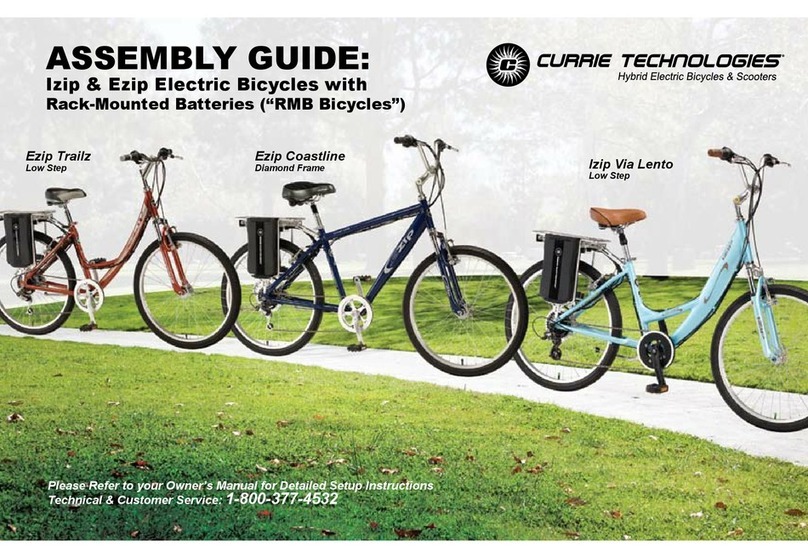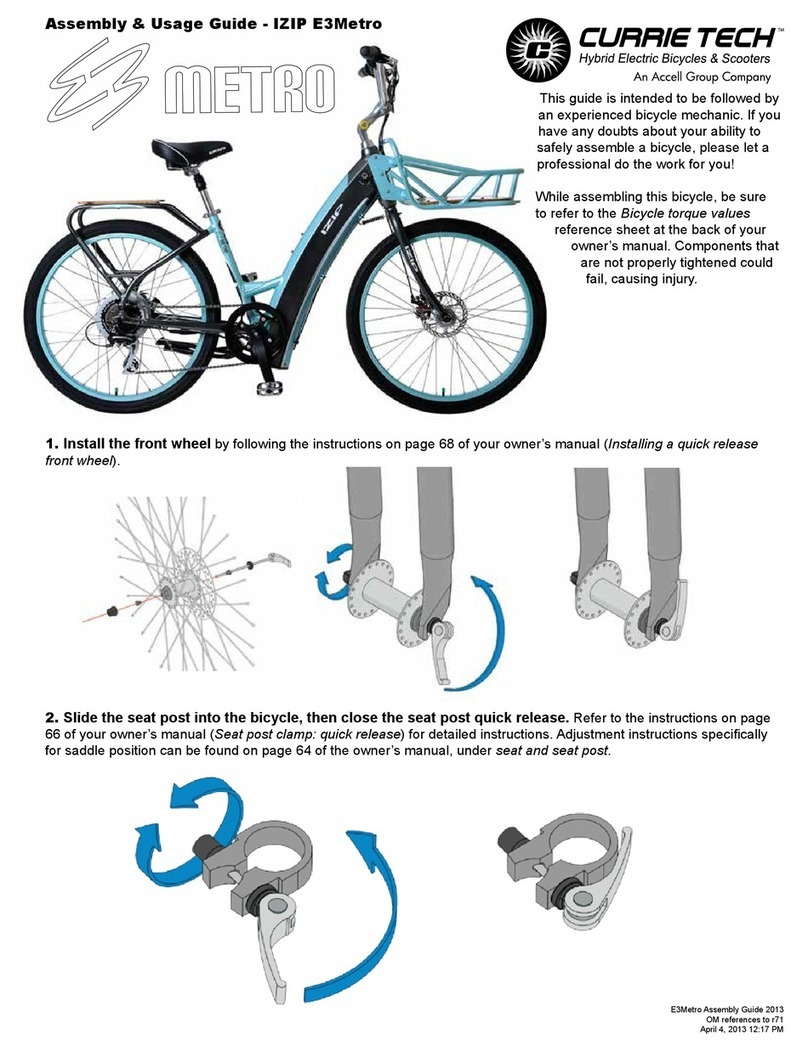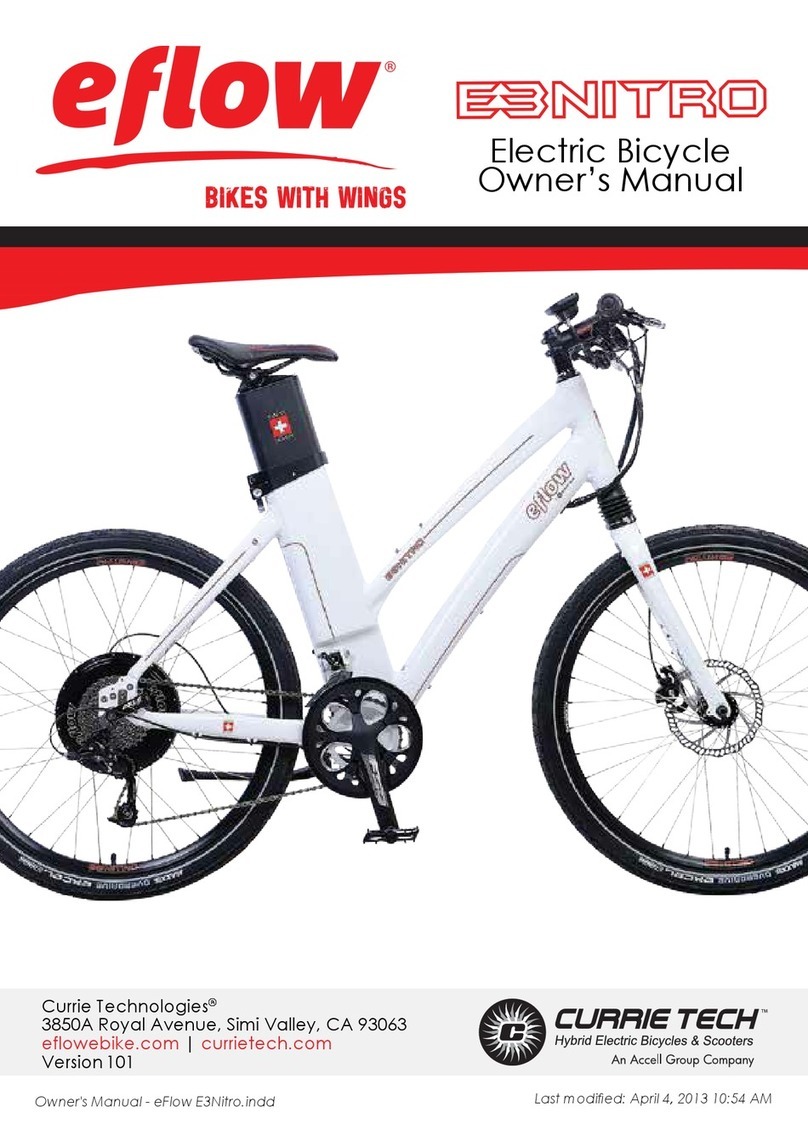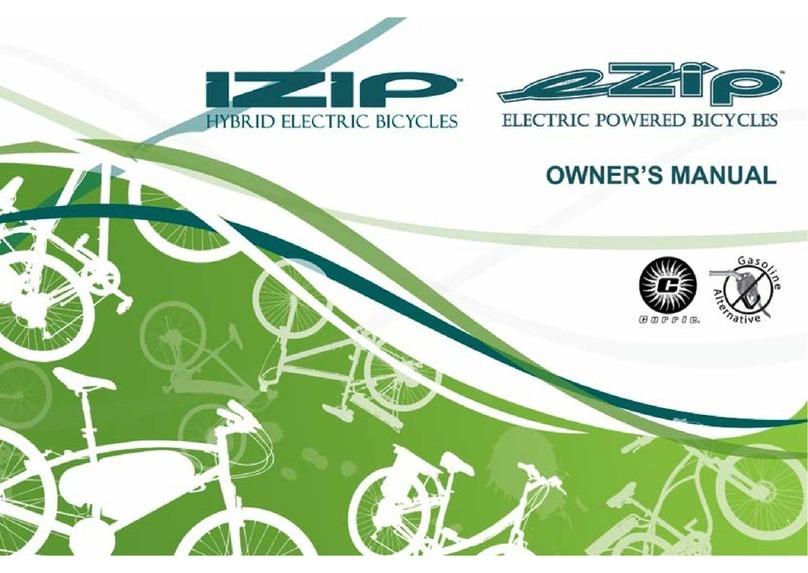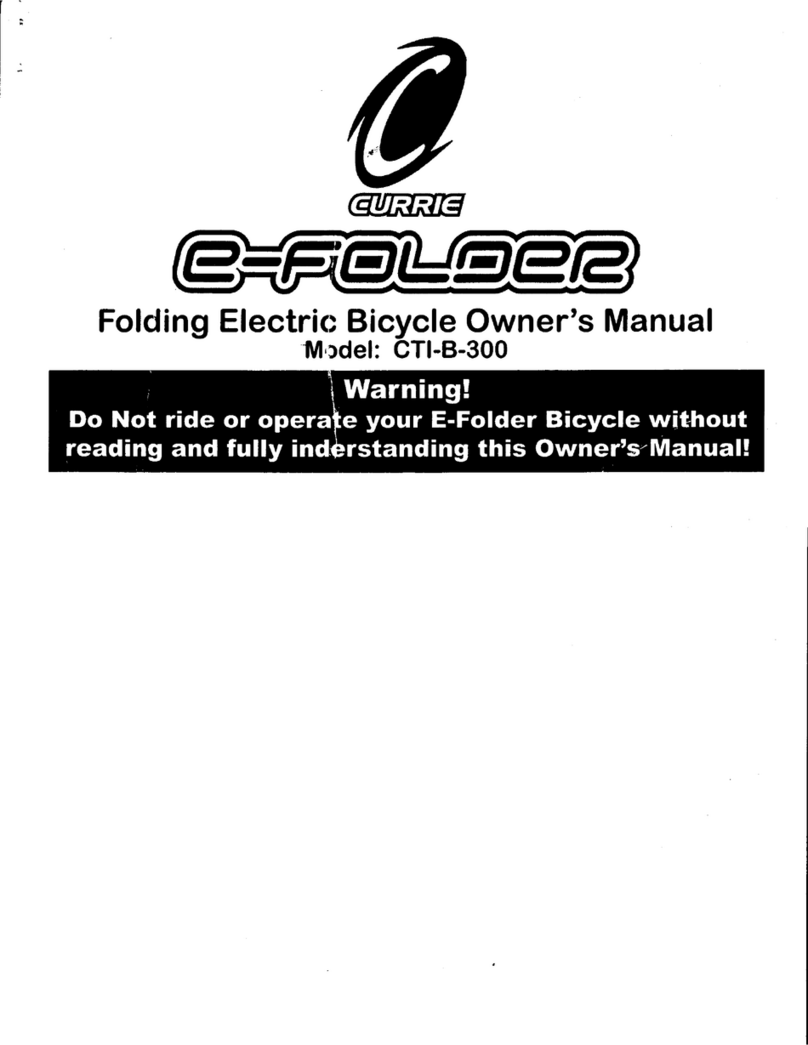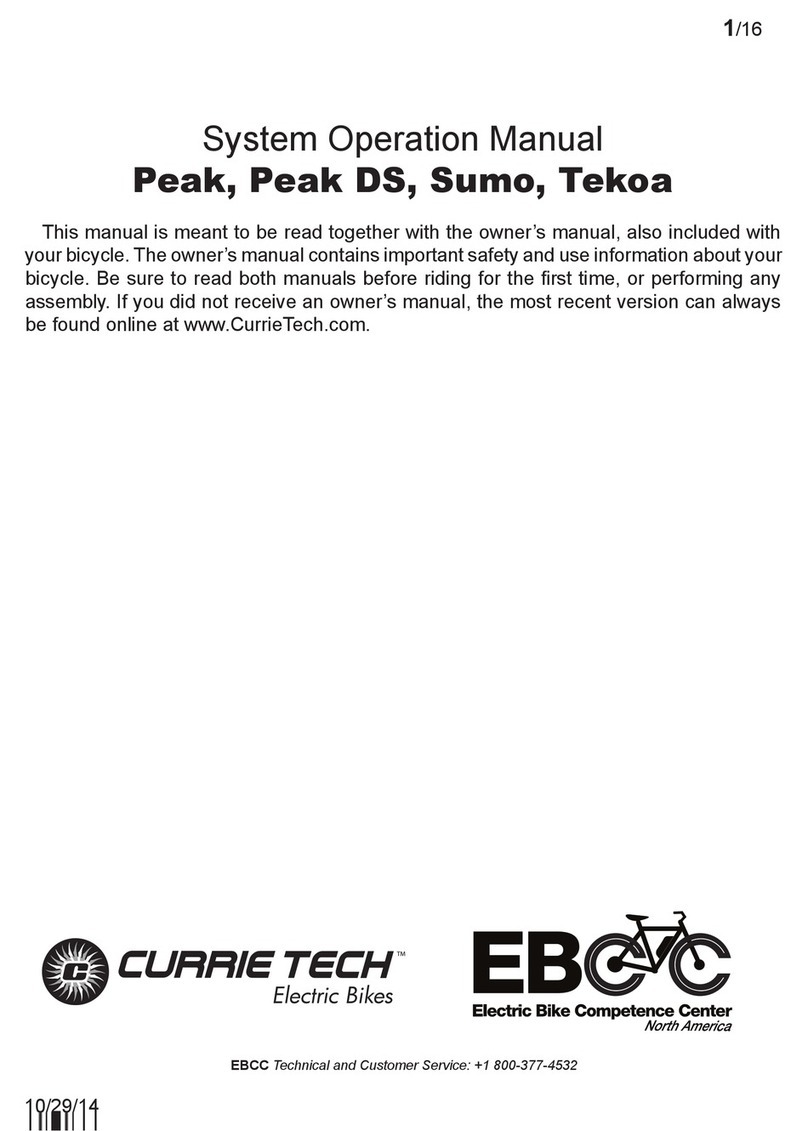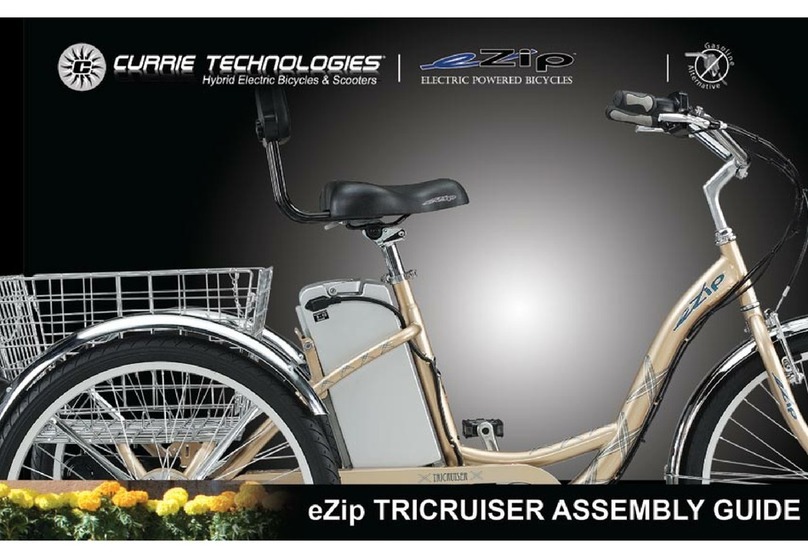4First Bike fit
Section 1:
First
NOTE:Westronglyurge youto readthis
Manual in its entirety before your first ride.
At the very least, read and make sure that
you understand each point in this section,
andrefer tothe citedsections onany issue
which you don’t completely understand.
Please note that not all bicycles have all
of the features described in this Manual.
Ask your dealer to point out the features
of your bicycle.
Your bicycle comes with additional man-
uals and documents provided by the
manufacturers of the bicycle’s drive sys-
tem and other components. You should
read each of them before riding your
bike for the first time.
Bike fit
Isyourbike therightsize?Tocheck, see
“Standover height” on page 18. If your
bicycle is too large or too small for you,
you may lose control and fall. If your
new bike is not the right size, ask your
dealer to exchange it before you ride it.
Is the saddle at the right height? To
check, see “Saddle position” on page
19. If you adjust your saddle height,
follow the Minimum Insertion instruc-
tions in “Saddle position” on page 19.
Are saddle and seatpost securely
clamped? A correctly tightened saddle
will allow no saddle movement in any
direction.See“Saddleposition”on page
19.
Arethe stemandhandlebarsatthe right
height for you? If not, see “Handlebar
height and angle” on page 21.
Canyoucomfortablyoperatethebrakes?
If not, you may be able to adjust their
angle and reach. See “Control position
adjustments” on page 22 and “Brake
reach” on page 22.
Doyou fully understandhow to operate
your new bicycle? If not, before your
first ride, have your dealer explain any
functions or features which you do not
understand.
Safety first
Alwayswear an approvedhelmet when
riding your bike, and follow the helmet
manufacturer’s instructions for fit, use
and care.
Do you have all the other required
and recommended safety equipment?
Proper attire such as helmets, bright
clothing, protective glasses, and sturdy
shoes are recommended even where
not demanded by law. See the section
discussing “Safety” on page 8. It’s
yourresponsibility tofamiliarizeyourself
withthelawsoftheareaswhere youride,
and to comply with all applicable laws.
Do you know how to correctly secure
your front and rear wheels? Check
“Wheels” on page 24 to make sure.
Ridingwithanimproperlysecuredwheel
cancause the wheelto wobbleordisen-

